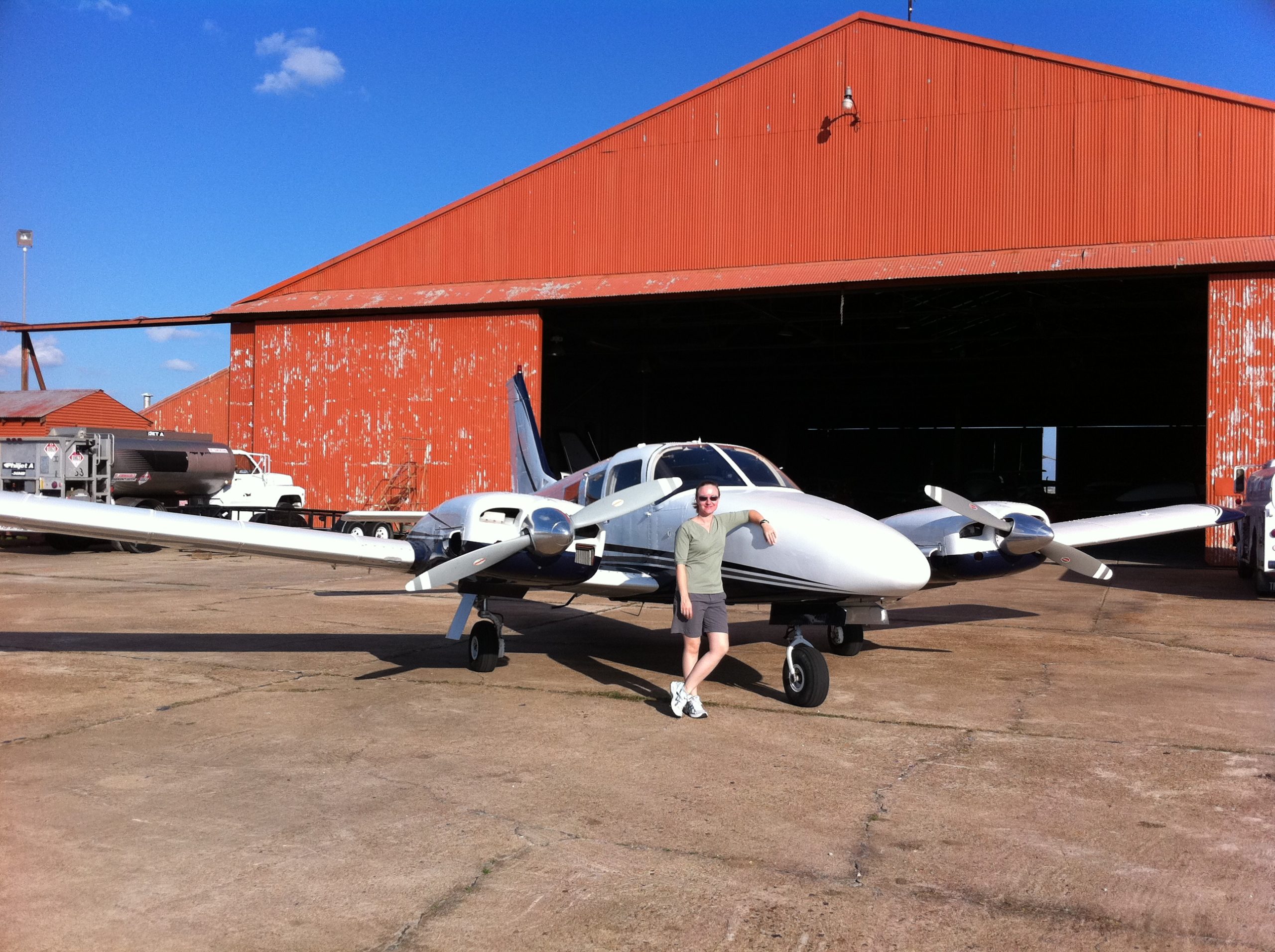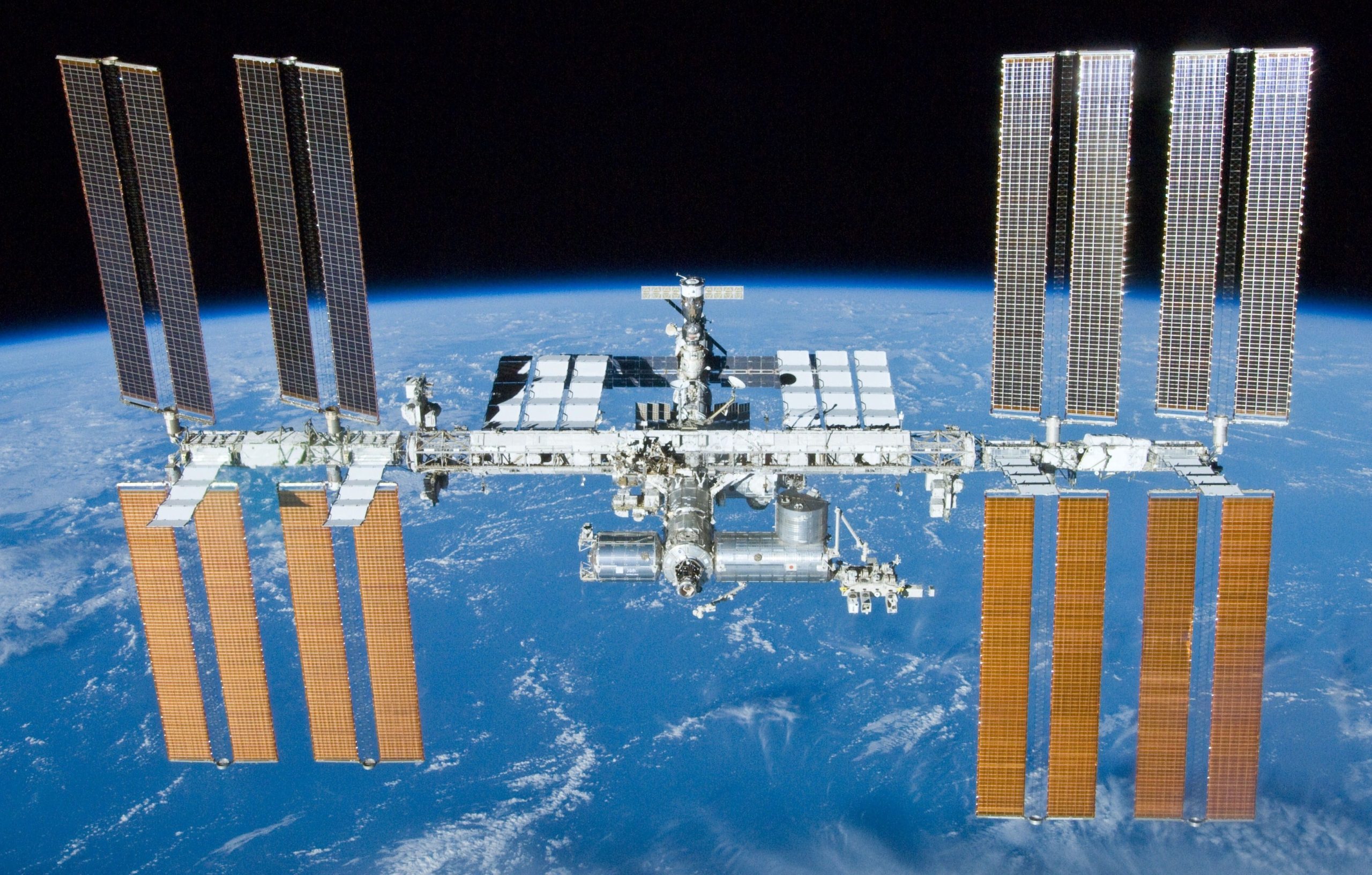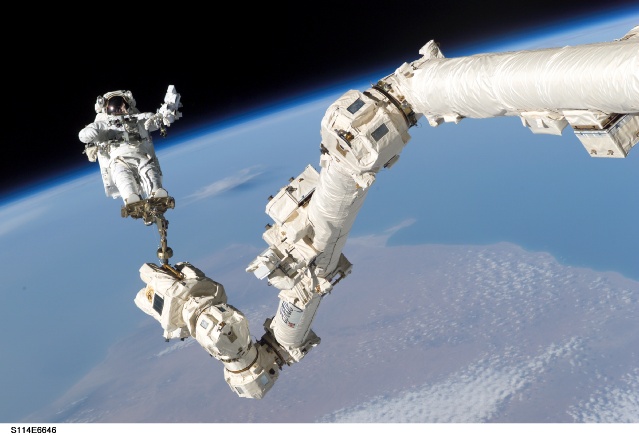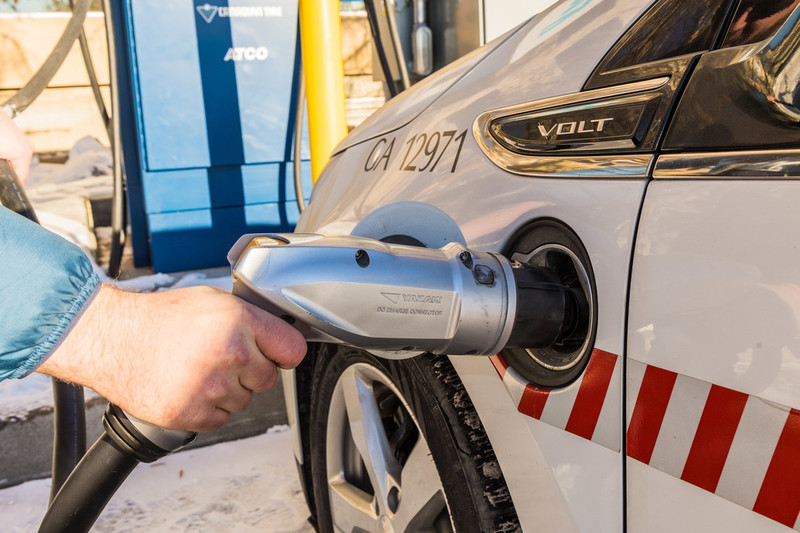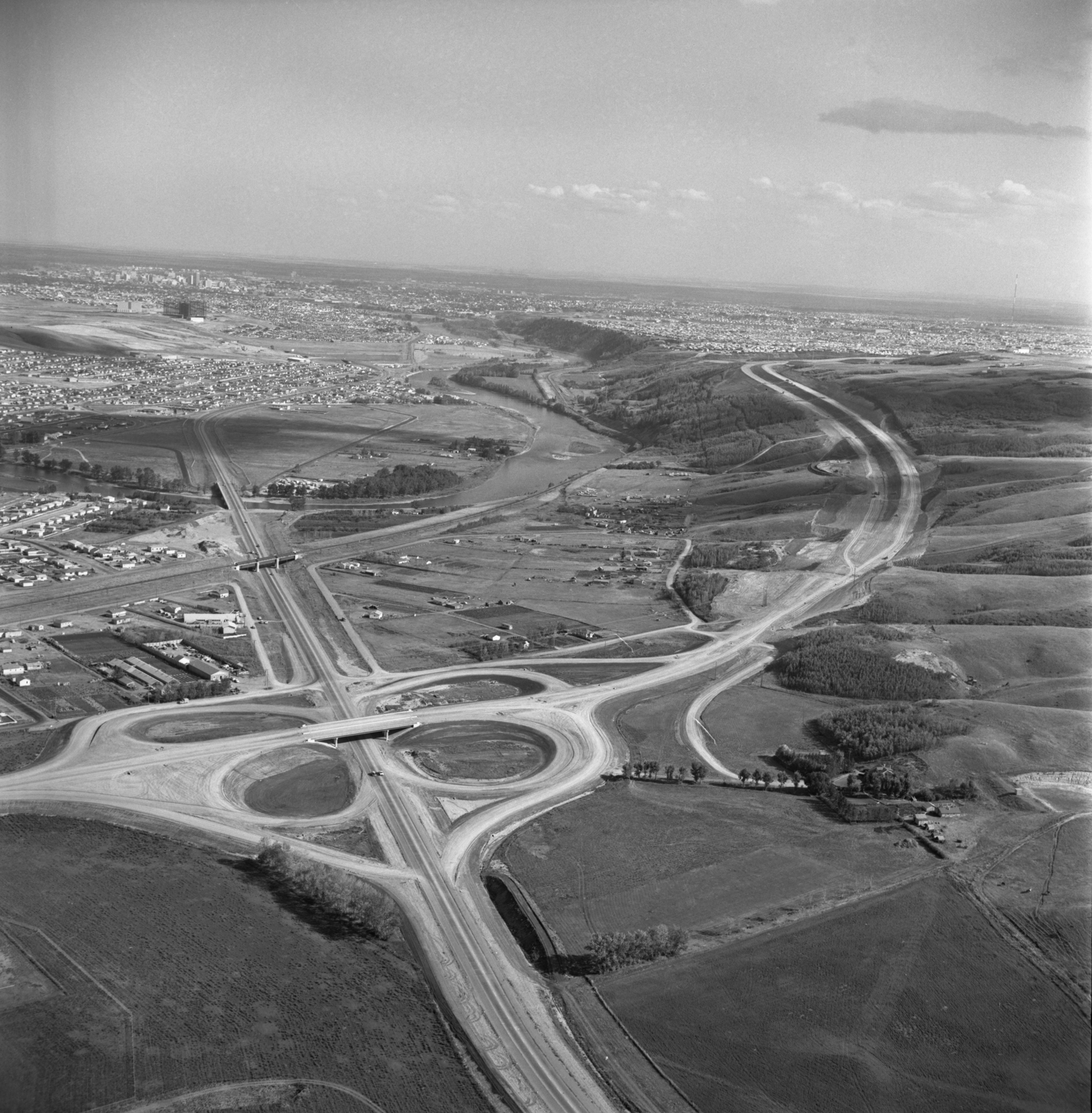Photo courtesy of L. Lucier, P.Eng.
Aerospace Engineer Reaches for the Stars
Imagine this for a work day. You make several life-or-death decisions before noon. Then in the afternoon, it’s your responsibility to remotely keep a robot “alive,” more than 400 kilometres above Earth in the International Space Station.
Your shift ends. How will you unwind?
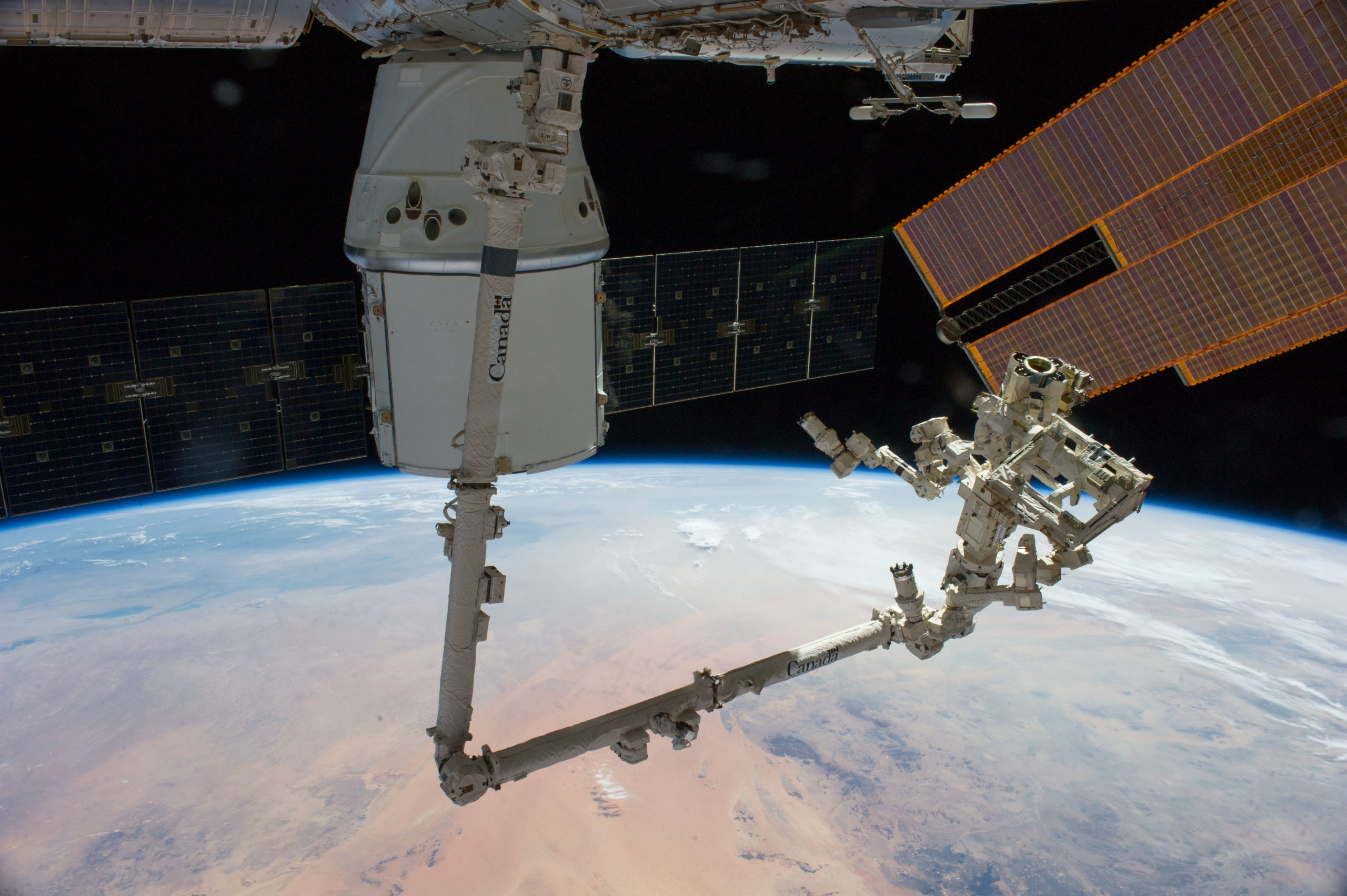
Photo courtesy of NASA
If your name is Laura Lucier, P.Eng., and your title is NASA’s robotics operations branch chief, in Houston, Texas, that could mean flying a plane or teaching scuba diving.
Or something artsy, like creating a beautiful wall hanging from stained glass.
Perhaps you’ll go online to mentor girls through Cybermentor, a University of Calgary program that inspires girls aged six to 12 to consider careers in science, technology, engineering, and math.
Girls interested, in other words, in following paths blazed by people like Laura. A key message she delivers to those potential builders of the next APEGA century?
“Dream big.”
She explains: “Wanting to be an astronaut and work in human space flight is something a lot of people dream about. But kids often feel like they have to choose something more realistic as they grow up.”
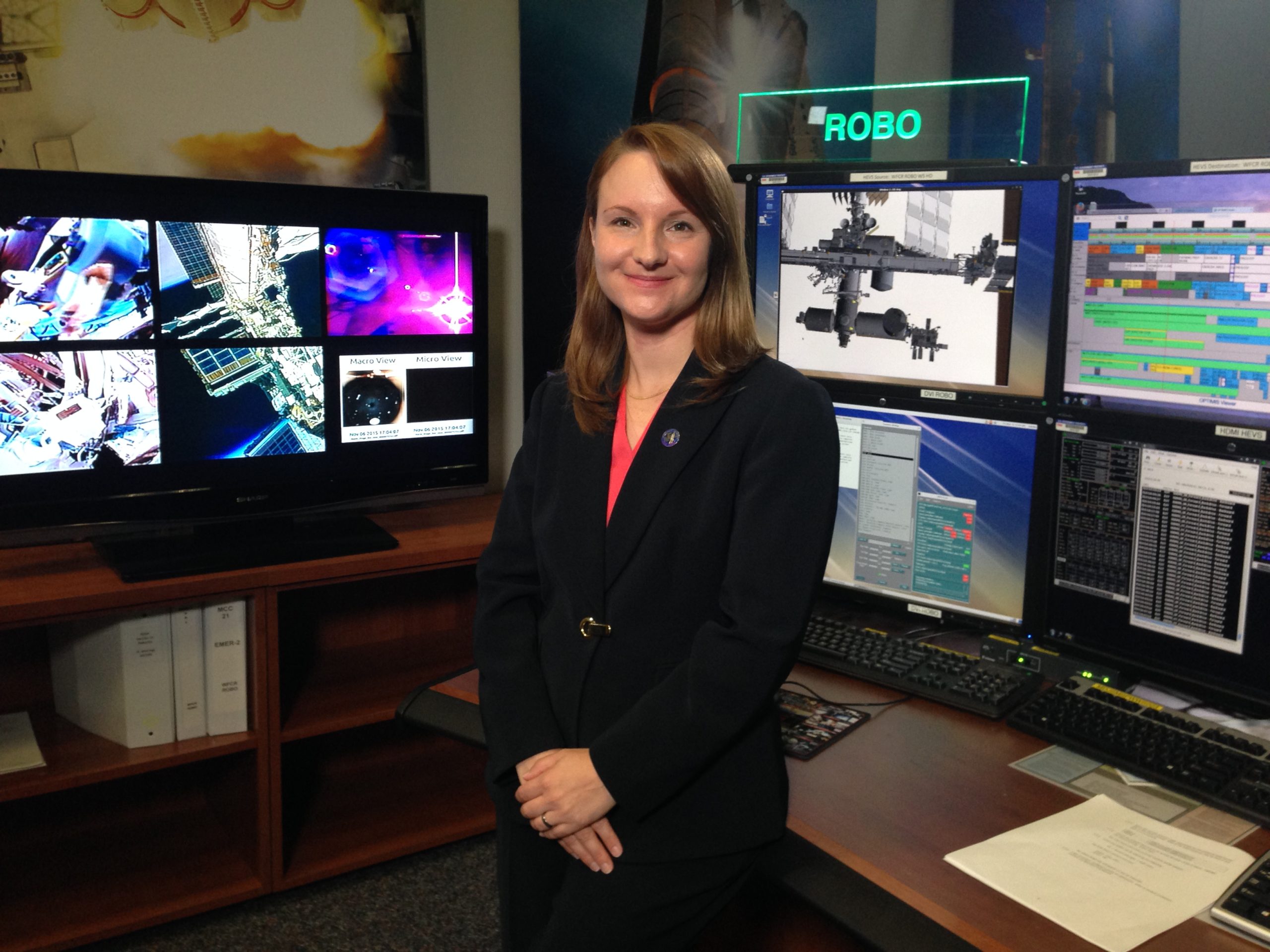
Photo courtesy of Laura Lucier, P.Eng.
Diversity in people and perspectives benefits the engineering profession in all kinds of ways. “Today’s problems are really complex and we need that diversity to be successful in solving problems like the ones we face in human space flight,” Laura says.
“There are all types of engineering jobs out there for all types of people. I think I’ve shown that it’s worthwhile to pursue your dreams. Don’t give up, because it is possible to achieve them.”
Will it be easy? It wasn’t for Laura.
“I’m not somebody for whom engineering and math came easily, but I made it through. As a result, I’m doing the work I always dreamed of doing.”
She’s based in Houston, but there’s a lot of Canada in Laura’s journey. Born in Toronto, she grew up in London, Ontario, and in Calgary.
She started her aerospace career in 2002 with the Canadian Space Agency, working at NASA’s Johnson Space Center as a robotics flight controller. She’s led teams responsible for planning and executing space shuttle and International Space Station missions involving the Canadarm2 and Dextre robots. (Dextre is a small, multi-armed robot. Like Canadarm, it’s a Canadian innovation.)
Laura has logged more than 4,700 on-console hours at Mission Control, and supported 13 Space Shuttle missions and numerous spacewalks. Twice short-listed for selection as a Canadian astronaut, she is the first Canadian woman to become certified as a front-room NASA flight controller. Her many honours include APEGA’s Early Accomplishment Summit Award, Engineers Canada’s Young Engineer Achievement award, the Queen Elizabeth II Diamond Jubilee Medal, and awards from the American, Canadian, and Japanese space agencies.
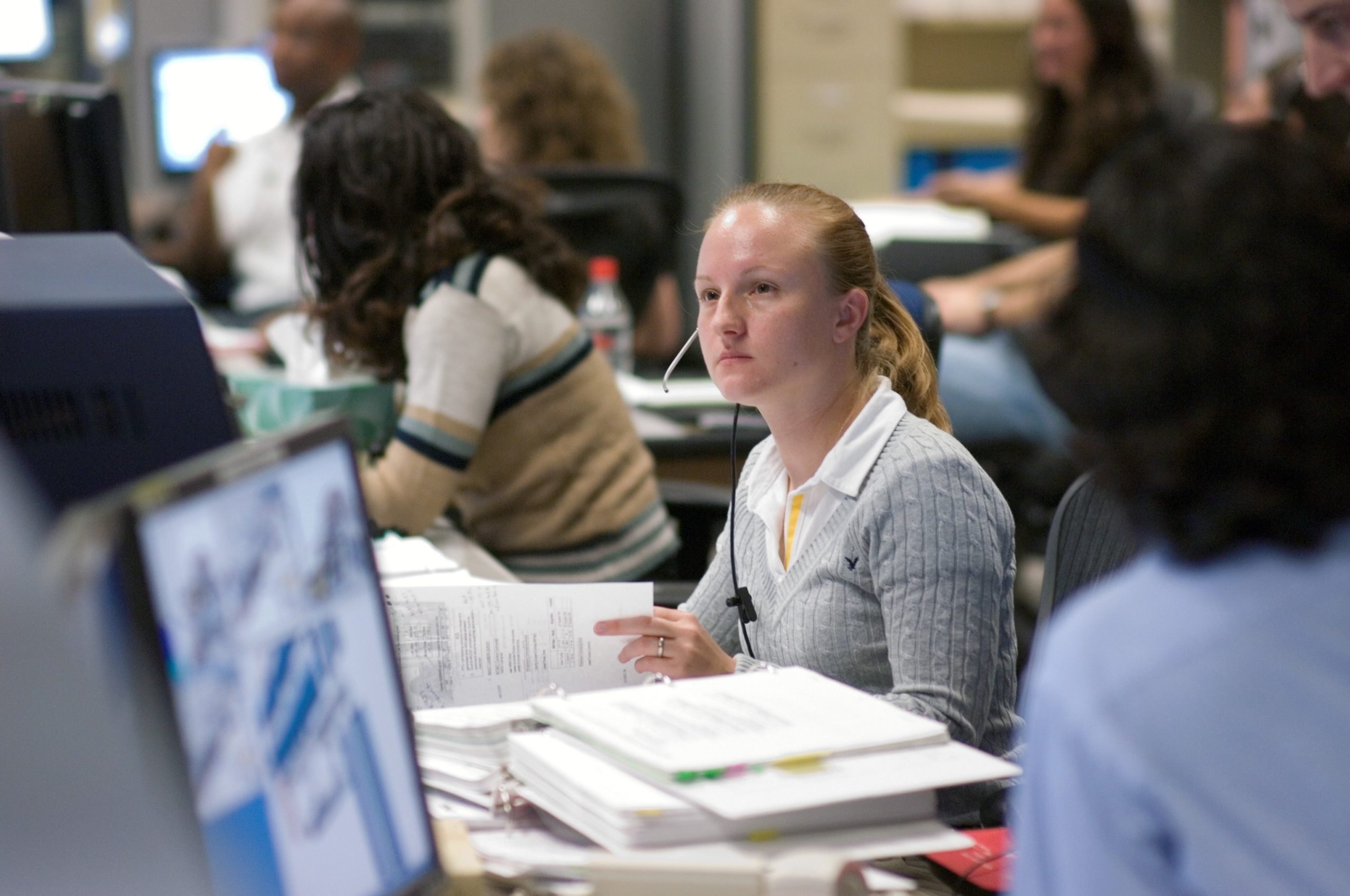
Photo courtesy of NASA
Laura holds a master’s degree in aerospace engineering from McGill University in Montreal. And right now, she’s completing a PhD through the University of Calgary’s Department of Mechanical and Manufacturing Engineering in the Schulich School of Engineering.
But what about going to space? Laura’s reached an age that makes her lifelong dream of becoming an astronaut unlikely. “I feel that had I been selected, I would have been good for the job, and that is shown by how far I got in the selection process,” she says.
“I’m at a stage in life where I’m refocusing my dreams, goals, and priorities. I’m still incredibly passionate about human space flight and I still very much have that childish sense of wonder, awe, excitement and adventure about everything that goes along with it. “
“I’m interested in continuing in flight control, and I see myself continuing to move up the ranks of leadership—perhaps becoming a flight director, the head honcho in Mission Control.”

Photo courtesy of NASA

